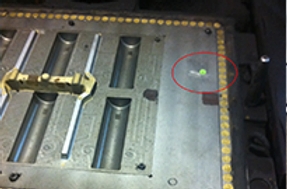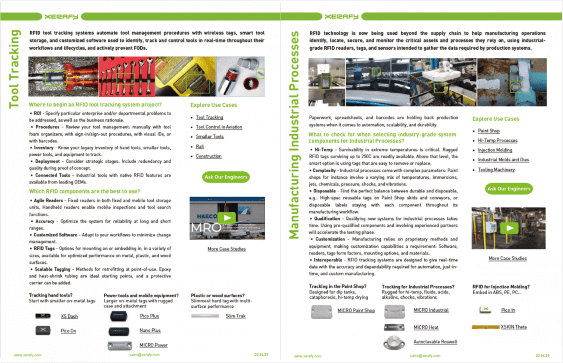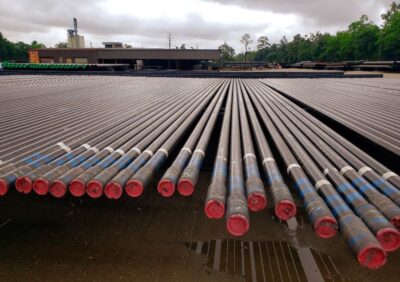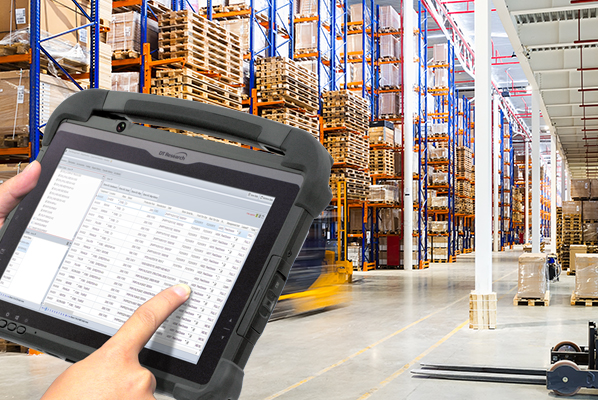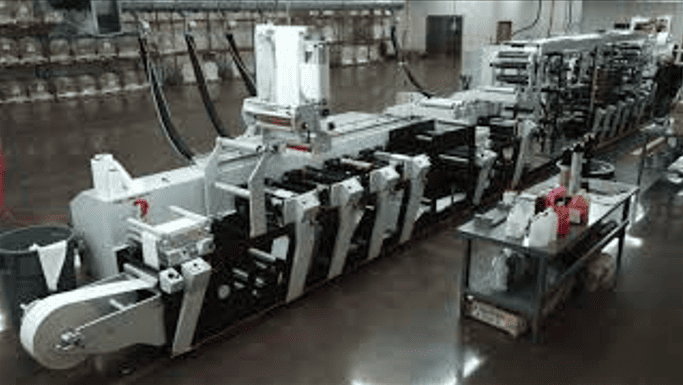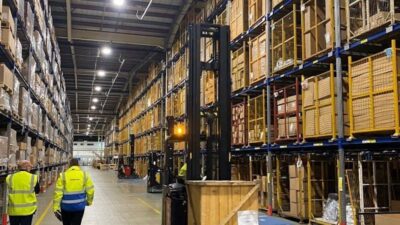Complex Manufacturing
Its DISAMATIC automatic production lines enable the rapid production of sand molds through complex manufacturing processes. While the company’s production runs on a SAP MII (Manufacturing Integration and Intelligence) system, operators had been manually entering data such as the number of molds in use, product variables, machines in use, and so on.
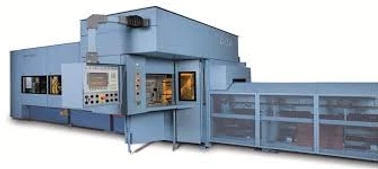
This invariably resulted in input errors and subsequent manufacturing inaccuracies such as under- or overproduction, poor inventory control, errors, and work duplication.
RFID In Manufacturing
When considering how to automate data capture and create a real-time production overview, the company determined that inserting RFID tags into its molds and scanning these via RFID readers as they are used during manufacturing processes would be the most effective management method.
“We currently have six molding lines. We can manufacture the same products for days at a time on any one line. Or sometimes two, three or four different products can be produced on a line in one day. It’s complex and constantly changing. RFID is the only really effective way we have found of monitoring production. We have eliminated inputting inaccuracies and reduced manual data input, so staff can be more productive and accountable. We can also manage our inventory more efficiently. And we know the solution is scalable as our business grows. All this cuts costs.” – Deniz Okuyan, Procurement Manager and RFID Project Lead.
Trakya chose a Zebra Technologies RFID reader for industry based on their price-performance ratio when compared with other UHF RFID readers on the market. It worked on the deployment of the application with Zebra Technologies’ partner EHV IT CO, one of the first RFID system integrators in Turkey.
Selecting RFID tags for the molds was an interesting challenge in this project. Trakya wanted to embed the RFID directly into its molds. However, the embedding method would destroy most RFID tags, until it tested the Xerafy PICO RFID tags. Engineered specifically for embedding and use in industry, the tags are small in size and come with their own EPC number for unique identification.
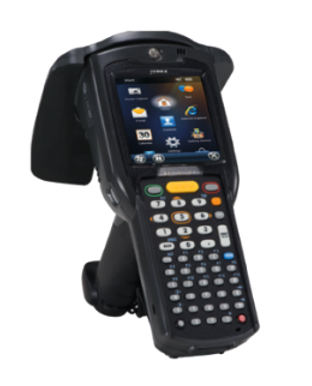
How To Embed RFID Tags in Molds
The company developed its own flush mounting process where a 23mm diameter drill piece is used to drill a 7mm deep hole into the foundry molds. The tag is hammered into the hole and the surface is then covered with a metal adhesive.
The Xerafy PICO tags are made from nylon polymer and certified to the MIL-STD-810F standard for vibration resistance, so they can withstand the embedding process. The tags need to be embedded near the top of the mold to ensure the tag can be easily read but safely implanted in the mold so they cannot fall out or be removed.
Deploying RFID Solutions in Production
Installation of the RFID readers and antennas took just one day. The tracking solution went live after some intensive user training and a rigorous testing phase.
In a typical workflow, an RFID-tagged mold is used in one of the six DISA Complete Foundry Machines. Each is outfitted with a fixed RFID reader installed on the top and is protected by a special case. Antennas 6-9 meters long extend from the RFID reader to the glass cabinets where production takes place.
The glass cabinets allow workers to monitor the molds as sand is poured between the male and female molds. Because the Xerafy PICO tags have an IP68 rating and are completely dust-proof, sand does not penetrate them and interfere with their performance.
The antennas, which are carefully positioned so that they are never more than two meters away from any mold, read the tags embedded in the molds during the molding process. Depending on the product being manufactured, only the male or female mold is tagged; in other cases, both molds are tagged and data is received from both.
SAP And RFID For Real-Time Overview
The MII system is set up so that each embedded RFID tag EPC is matched with the mold number and linked in SAP. Before the molds are used on the production line, a Zebra RFID handheld reader is used to scan the tags when they are first attached to the mold and to upload their ID to the system.
The RFID system automatically captures data and update the SAP MII system as a mold passes through the RFID reader. The tag operation is completed in .NET and then sent via RFC to the company’s SAP ERP. As a result, all areas of the company have a real-time production overview at all times.
The handheld readers also allow the flexibility for production line workers to scan and upload the latest data to the Tag ID during manufacturing processes, when the material and composition of the manufactured product in the mold changes.
Overall benefits of the RFID tracking solution include:
Excellent RFID readability
Real-time accurate production overview
Improved manufacturing planning
Greater inventory control
Cost savings
Increased staff productivity
Xerafy is a pioneer in Industrial RFID, bringing to market several innovations that enable advanced industrial identification and automation capabilities.
In addition to a complete range of field-proven RFID tags available off-the-shelf, Xerafy offers Custom RFID Tags services, covering everything from a personalization service bureau to custom-design engineering capabilities.
